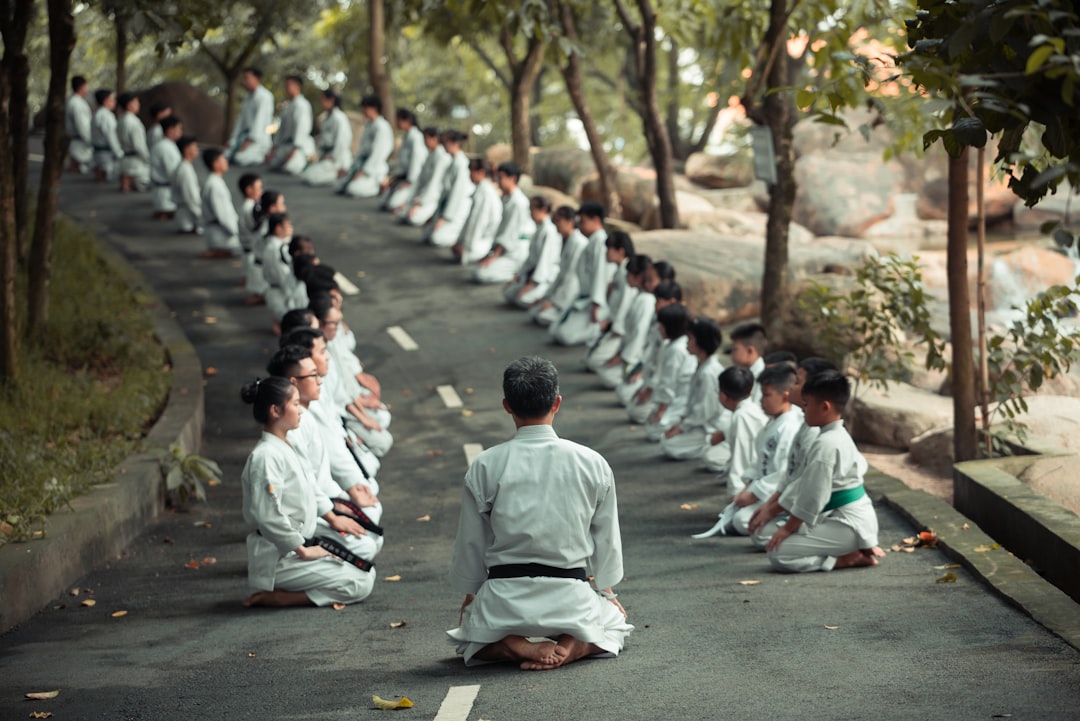Karate, with its high kicks, swift punches, and sharp focus, is more than just a physical activity — it’s a practice that has been shaped by centuries of cultural evolution, discipline, and athleticism. However, with its increasing visibility on the global stage, especially after its debut in the 2020 Tokyo Olympics, many are asking the question: Is karate a sport or a martial art? This article explores the rich history, evolving practice, and dual nature of karate to find a comprehensive answer to this question.
TL;DR (Too Long; Didn’t Read)
Karate is both a martial art and a sport. Traditionally, karate originated as a method of self-defense rooted in discipline, respect, and personal development — the hallmark traits of a martial art. However, as it evolved and found its way into global competitions, rule sets, and scoring systems, it adopted elements of sportsmanship and athletic performance. The modern practice of karate often depends on the context and goals of the practitioner.
The Origins: Karate as a Martial Art
Karate originated on the Ryukyu Islands of Okinawa, which are now a part of Japan. Influenced by indigenous fighting methods and Chinese Kung Fu, karate was initially designed to be a method of self-defense and personal development rather than a competitive pastime. It was practiced in secret during certain historical periods when weapons were banned, leading to its development as an unarmed combat system.
The word “karate” means “empty hand”, indicating its focus on striking techniques such as punches, kicks, knee strikes, and open-hand techniques. Traditional karate emphasizes:
- Discipline and self-control
- Respect for the teacher (sensei) and opponents
- Spiritual development through physical training
- Perfection of character
These aspects align closely with the traditional definition of a martial art — a path that trains both the body and the mind, often embracing a philosophical or spiritual component.
The Sport Transition: Karate in Competitive Arenas
In the 20th century, karate began transitioning into a more standardized and competitive format, particularly as it spread beyond Japan. Organizations like the World Karate Federation (WKF) helped codify rules for international competitions, introducing point systems, weight classes, protective gear, and time limits — essential hallmarks of modern sports.
Karate’s inclusion in the 2020 Tokyo Olympics brought tremendous global visibility but also intensified the debate about its classification. Olympic karate focused on two disciplines:
- Kumite – sparring matches judged by points based on clean, controlled technique
- Kata – performance of pre-arranged movements evaluated on precision, timing, and power
In this context, karate clearly functions as a sport. Competitors train to win, focusing on scoring points, competition strategy, and adhering to a rulebook designed for fairness and audience appeal.

Key Differences: Martial Art vs. Sport
To better understand the distinction, let’s compare some of the core elements of martial arts and sports and see where karate fits into each:
| Aspect | Martial Art | Sport |
|---|---|---|
| Purpose | Self-defense, personal growth, discipline | Victory, performance, winning competitions |
| Training Focus | Technique refinement, kata, mental conditioning | Strategy, speed, fitness, point scoring |
| Rules | Flexible, varied according to school/tradition | Codified, standardized across competitions |
| Philosophy | Often includes spiritual components, tradition | Focus on achievement, rankings, medals |
| Gear | Minimal or traditional (gi, belt) | Protective gear, gloves, weight classes |
From the table above, it’s clear that karate embodies both sets of characteristics, depending on how and why it is practiced.
Modern-Day Practice: A Dual Identity
Today, karate is practiced in dojos around the world in two main formats — traditional and sport-focused. This dual existence means practitioners can lean more toward one side or choose to embrace both.
Traditional Karate Dojos
These schools often follow the original philosophies and methods, focusing on kata (forms), bunkai (application), and kihon (basics). The emphasis is on personal improvement and mastering one’s body and mind.
Sports Karate Programs
Usually aligned with organizations like the WKF, these programs prepare athletes for competitions. Training involves agility drills, tactical analysis, and mock matches, with the goal of excelling in tournaments at regional, national, or international levels.
Why the Debate Persists
The ongoing debate about karate’s identity stems from the diverging goals of practitioners. For a traditionalist, karate is a way of life, rooted in centuries-old values. To a competitor, it may be a sport they train rigorously in, aiming for titles and medals.
Even the governing bodies are sometimes at odds. Traditional martial arts federations may resist the commercialization and standardization of karate, while sports karate federations push for globalization, unity, and Olympic recognition. This diversity of thought is both the strength and the challenge of karate today.

Other Examples of Dual Identity
Karate is not alone in this identity dilemma. Other martial arts have undergone similar transformations:
- Taekwondo – A traditional Korean martial art now widely known as an Olympic sport.
- Judo – Developed for discipline and self-defense but now a staple in international sporting events.
- Brazilian Jiu-Jitsu – Practiced both for practical self-defense and sport grappling tournaments.
These examples show that martial discipline and competitive format are not mutually exclusive — a practice can embrace both and still retain its core values.
What Type of Practitioner Are You?
If you’re considering learning karate or have already started, it’s a good idea to reflect on your goals. Ask yourself:
- Am I learning karate for self-defense or fitness?
- Do I want to explore martial philosophy and tradition?
- Am I interested in competing and testing my skills against others?
Your answers will guide you toward the style and school that fits best. Fortunately, starting in one direction doesn’t prevent you from exploring the other. Many successful karateka (karate practitioners) blend the two for a rich and rewarding experience.
Conclusion
So, is karate a sport or a martial art? The truth is that karate exists on a spectrum — one end maintains its roots in tradition, while the other thrives in the dynamic world of sport. Its dual identity reflects the broader changes in martial arts today, where ancient practices meet modern demands. This transparency makes karate accessible, versatile, and ever-evolving.
Whether you’re drawn by the allure of competition or the pursuit of personal growth and discipline, karate can offer a path for you. In the end, it’s not the label that defines karate — it’s how you choose to practice it.